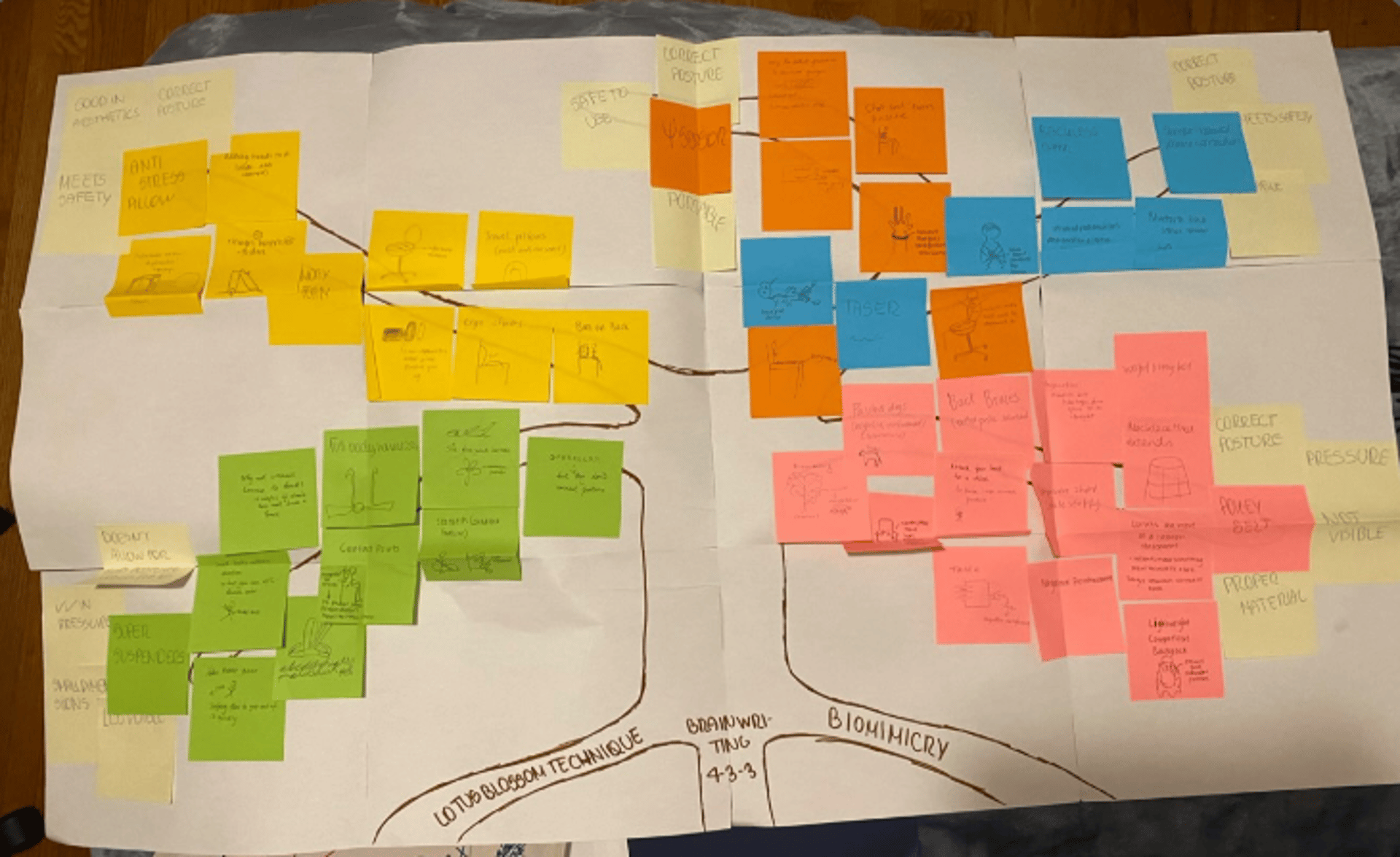
Projects
Where Aarya's Innovation Takes Flight
These are written projects that have allowed me to express my creativity and critical thinking/analysis. These projects have enhanced my research, communication and problem-solving skills.
Engineering Design Portfolio
January - April 2025: Throughout my first year in Engineering Science, I engaged in numerous design projects, from Praxis I and II (engineering design courses) and CIV 1O2, where we designed and constructed a bridge. These experiences curated values and my position as an engineer, along with the tools that were the most influential to my success. This portfolio reflects on the various tools, concepts, models and frameworks that I used throughout the year as a student engineer. Click below for more:
PHY 180 Pendulum Project Lab Report
September - October 2024: As part of PHY180, I investigated the motion of a simple pendulum to explore principles of classical mechanics. The project involved deriving and verifying the period of oscillation under small-angle approximations and comparing it with experimental results. Using video analysis and numerical modelling, I examined the effects of amplitude and damping on motion. This hands-on work deepened my understanding of Newtonian dynamics and energy conservation. Click below to learn more:
Praxis I Design Report: Improving Back Posture Among First-Year Engineering Science Students
September - December 2024: In Praxis I, I worked with a diverse team of students to address a common 'Splartz': the deteriorating back posture among first-year engineering science students at University of Toronto. Our goals were to design for portability, aesthetics, durability, usability and safety. After rounds of framing and diverging, we converges on a simplistic shoulder straps design. A detailed report of our design concept and design decisions can be found below:
Request For Proposal: Reducing Ich Infections in Fish Arriving at Pet Shops
January - February 2025: In my Praxis II course, we initially partnered with a local pet shop in search of opportunities and advancements we can create with their business. We realized that fish species often face stress while being transported from pet shops due to inadequate handling of fish during the transportation process. Most fish are transported in clear plastic bags which are unsustainable and fragile. Our group outlined a Request For Proposal that outlines the potential benefits and requirements necessary with tackling this project. Read more below:
Optimizing Properties of Biochar to Maximize Photothermal Water Purification Efficiency
May - August 2025: As an undergraduate researcher with the University of Toronto's Faculty of Chemical Engineering, my research group and I investigated how optimizing the thickness and geometry (via N-doping concentration) can impact the light absorption of biochar, which directly affects the solar thermal evaporation. This investigation can help us maximize the efficiency of photothermal water purification. Below, you can find our Summer Research Proposal and our project work. MATLAB code for graphs available via Github.
Corti-call: A Watch To Answer All Calls For Addison’s Disease and Cortisol Health
July 2025: During the University of Toronto Mississauga's 2025 LabPath research hackathon, my team and I had six hours to propose an innovative advancement in the field of endocrinology. We devised a cortisol-monitoring watch called "Corti-Call" for individuals with Addison's Disease (and can be extended for individuals with Cushing's syndrome or at risk of fluctuating cortisol levels) to measure and get real-time health updates about their health and wellbeing). This device, in conjunction with a mobile app, uses various AI algorithms, including the latent-based food recommendation system and the RL-PPO algorithm for drug scheduling. Our abstract and proposal can be found below:
Extended Essay: The Impact of Rising Cruise Tourism on the Economic Growth and Development in Greenland
August 2023 - May 2024: This 4000-word research essay utilizes micro and macroeconomic theory to predict the role cruise tourism has on the economic growth and development in Greenland, an autonomous territory within the Kingdom of Denmark. Secondary research was collected using CRAAP-test-approved English, Danish and Greenlandic articles and databases. Additional primary research was conducted with the Head of Education in Greenland and a PhD Candidate to understand how accurately theoretical indicators like HDI indices and GPA numbers represent true satisfaction of tourism in Greenland. A custom HDI metric was created to analyze the development. This full essay is available below:
Using Theoretical Chemistry to Investigate the Correlation Between Alcohol Polarity and Fluorescence in Turmeric
January - May 2024: Through this exploration, I used a spectrophotometer and Vernier’s LoggerPro software to investigate the solubility of turmeric under different polarity environments, and its impact on the ‘excitation’ of the electrons as it absorbs UV light. Additionally, the wavelength at which the spectrophotometer recorded the fluorescence was compared with the polarity of the alcohols. The alcohol polarity was found using online research databases, whereas the investigation was determined empirically. The results and writeup are found below:
Investigating the Effect Tension of Tennis Racket Strings Has on the Height of the Bounce of a Tennis Ball
November 2023 - May 2024: Throughout this physics exploration, I used tension meters and video analysis software to understand how the tension of a string impacts the bounce of a tennis ball. This analysis optimizes the angle at which a ball should be hit to maximize speed and control. This exploration allowed me to bridge the basic applications of high school physics including kinematics, forces, power and energy into a sport of personal interest. The data is found below:
Using Mathematic Models to Analyze the Difference in Serves between Professional and Recreational Tennis Players
September - May 2023: Throughout this exploration, I integrated fundamental statistics, calculus, algebra and geometric concepts with classical mechanics to model and understand the difference in serve speeds and trajectories from professional tennis player Andrey Rublev to recreational tennis players. The aim of this exploration is to analyze the physics behind the ‘ideal’ serve, to optimize tennis performance among recreational players. It was noted that factors including biological height and weight, foot placements, angle placements, the toss of a tennis ball, and the velocity at which the player’s racket collides with the ball all impact the overall serve.
